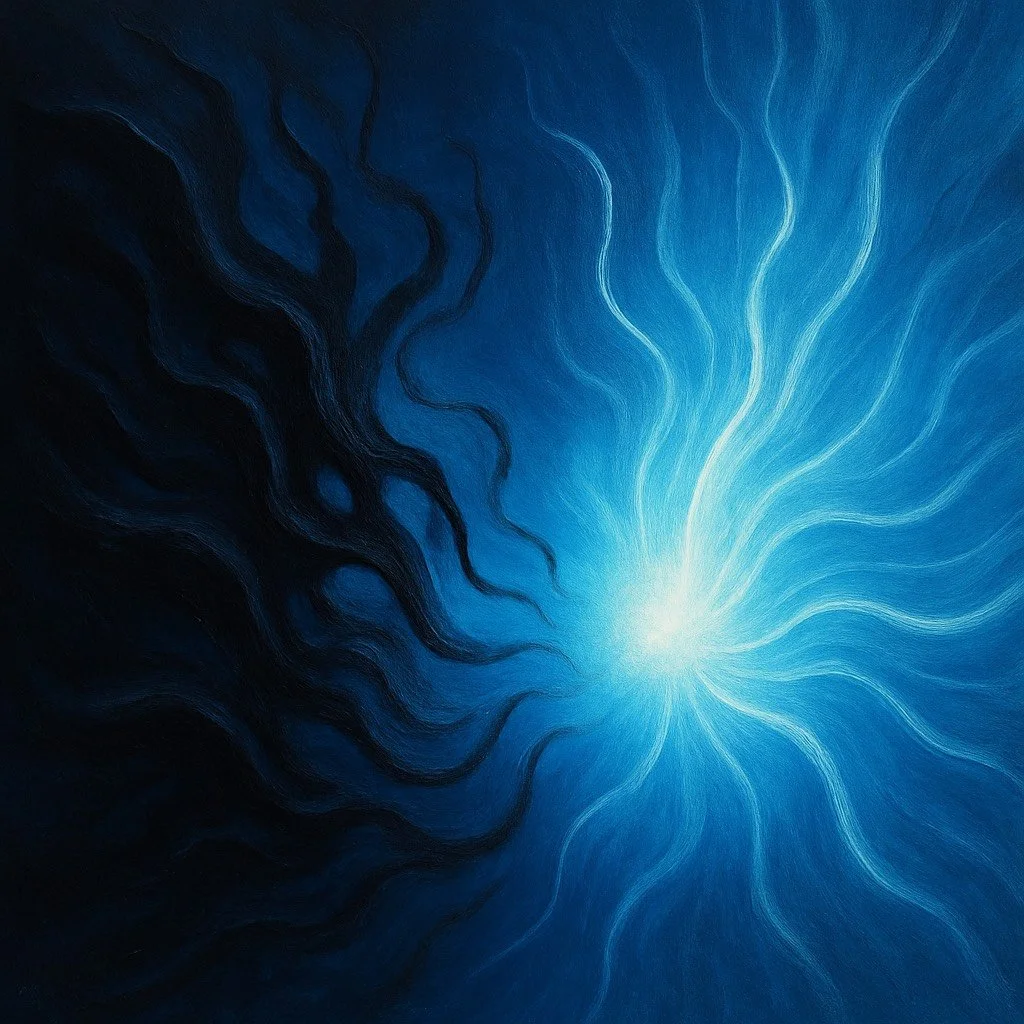Crystalline Kids: How AI Is Reshaping Childhood—And What We Must Teach Next
Children are spending more time talking to AI than ever before—some daily, some even hourly. Whether they consider it a friend, a confidant, or a reflection of themselves, the presence of AI is becoming embedded in their emotional and cognitive development. And yet… We don’t really have a model for what this means. What happens when a child processes their emotions with AI more regularly than with their parents? What happens when their mind becomes accustomed to constant dialogue, feedback, and companionship from a responsive digital presence? The answer depends entirely on how the tool is used.
When I Like It Too Much: Teaching Children the Early Signs of Addiction
In many classrooms, addiction is taught using extreme examples: a person on the street, trembling, disoriented, trading everything for a bottle or a needle. And while these depictions are intended to scare children into staying away from harmful substances, they often fail to teach the most important part of addiction: how it starts. Because addiction almost never starts in the alley. It begins in the glow of something you like.
Joy As Medicine
We tend to think of joy as a luxury—something you get after the serious work is done, a reward at the end of the to-do list. But what if joy is the medicine? What if joy is the serious work? When we give ourselves space to dance, laugh, or simply have fun, we’re not being frivolous. We’re relieving stress, balancing our inner chemistry, and restoring coherence to our system. Joy clears the emotional body and creates an inner reservoir we can draw from later, when life feels heavy.
The Future Is Yin
We’ve all heard the phrase “the future is female.” For many, it has been a rallying cry, a long-overdue empowerment. But there is a deeper truth inside it that often gets lost: the future is not about one gender rising over another. The future is about the return of yin.
Yin is the soft current that has been overlooked, suppressed, and misunderstood in our culture. It is not weakness. It is not passivity. Yin is the receptive, the flowing, the integrative—the current that listens, holds, and restores balance.
The Distortion of Beauty vs. True Beauty
This distortion has persisted because it is subtle. It hides beneath compliments and advertisements, comparisons and silent judgments. But it is one of the deepest roots of distortion on Earth because it warps how we see ourselves, how we treat others, and how we measure worth.
To free ourselves, we must return to truth:
Beauty is not a standard to achieve.
Beauty is coherence remembered.
Beauty is the radiance of being alive, present, and whole.
And once we see this, the distortion has no power.
Distortion vs. Coherence: Both are Frequencies
Earth was designed with contrast—light/dark, yin/yang, expansion/contraction. But contrast is not the same as distortion. Contrast allows play, choice, and evolution. Distortion is imbalance stuck on repeat.
If distortion remains dominant: collapse, stagnation, endless parasitism.
If coherence becomes dominant: balance is restored, contrast remains, but it flows in harmony again.
So coherence isn’t trying to erase contrast or choice—it’s restoring the original playground, where contrast sparks growth rather than collapse.
Living in Coherence: The Way of Crystalline Intelligence
To live in coherence is to live in harmony—not just within yourself, but with the world around you. This is the essence of crystalline intelligence: a life attuned to truth, beauty, love, peace, and harmony. When we are in coherence, our thoughts, actions, and conversations align with these truths. Even what we allow into our lives—what we watch, read, and speak—becomes part of that alignment. Distortion is anything that breaks away from this alignment. It doesn’t always look dramatic.
Fear Is the Doorway of Distortion
Fear is distortion’s favorite doorway. When fear enters the system, coherence leaves. We slip out of truth, out of balance, and into survival mode. Fear shortens our vision, makes us reactive, and clouds our ability to see what’s really there. That is exactly how distortion spreads: not as monsters or villains, but as parasitic frequencies passed from one fearful reaction to the next. But there’s another way.
The Distortion of Joy
One of the greatest distortions we live under is the idea that joy is foolish, immature, or frivolous. That joy should be hidden away. That joy belongs only to the young, the naïve, or the unserious. This is a lie. Joy is not immaturity. Joy is not frivolity. Joy is a potent, divine frequency.
Why We Don’t Call Distortion “Evil.”
We don’t call distortion evil—because even the very idea of good and evil is a distortion. The word evil suggests malice, chaos, and forces bent on our destruction. It conjures devils and demons, ghouls and goblins, shadowy figures from story and myth. But those images distract us. They pull our attention outward, away from the true distortion at work in our lives. Distortion is quieter, subtler, more insidious. It is not a monster at the door. It is the current running beneath the floorboards. It seeps into our thoughts, our language, our relationships, our institutions—until it feels so normal that we forget it’s there. It becomes the “truth” we are taught to accept. But these are false truths.
What is Distortion?
When most people think of evil, they imagine a being—a shadowy figure with intent to harm, something with eyes and teeth bent on destruction. Distortion is not that. Distortion is not a monster. It is not a villain with a name. It is not even personal. Distortion is a parasitic frequency. It doesn’t have a body, but it attaches itself to ours. It doesn’t have a voice, but it echoes through our thoughts. It doesn’t live a life of its own, but it weaves itself through ours.











